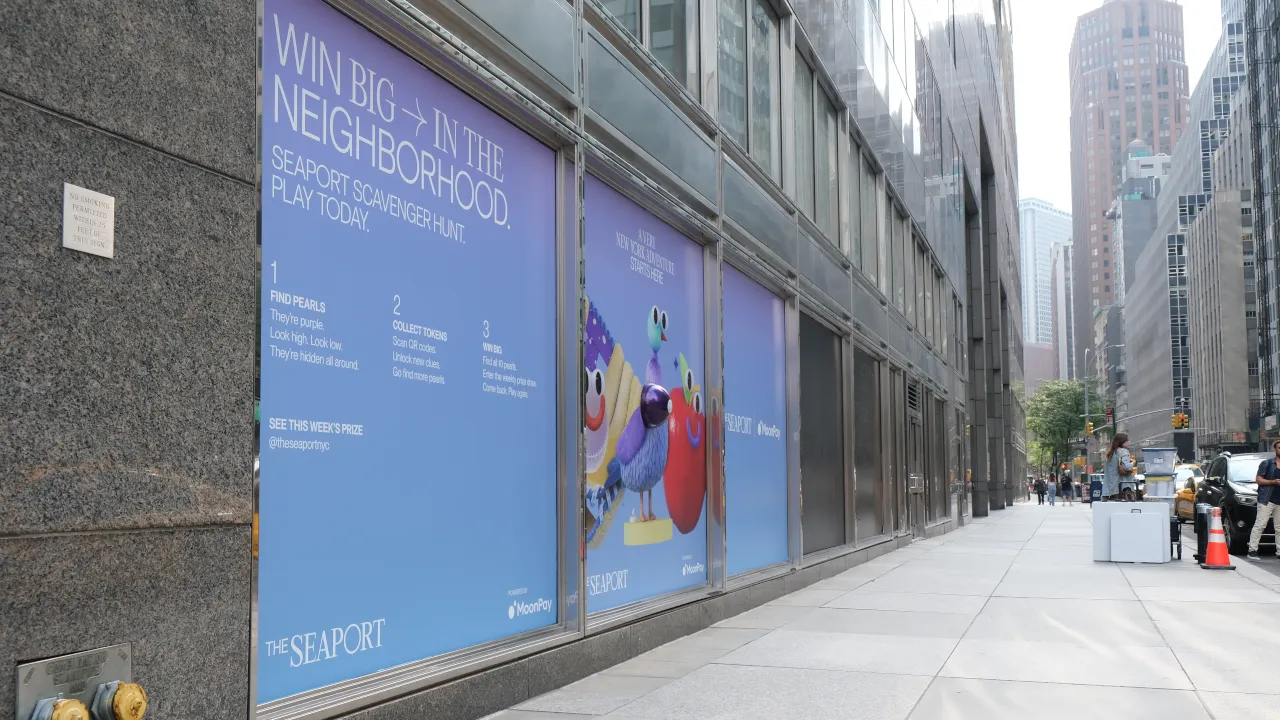Manhattan's Seaport neighborhood is hosting a scavenger hunt driven by NFTs and QR codes, but it wasn't all smooth sailing at first.
André Beganski
6 min read
At a cocktail party celebrating the scavenger hunt’s kickoff, MoonPay’s Director of Web3 Engineering, Chris Choyce, tried to help me out. After some troubleshooting, he admitted that a fix was warranted. Another member of the media told me that he had experienced a similar issue on the day.
Not long after, a member of Mayor Eric Adams' pro-crypto administration used the gathering as an opportunity to highlight what he sees as the city's tech prowess, speaking alongside others like Soto-Wright.
"We can't thank you enough for showing the world a prime example of why New York City continues to be a global hub of innovation," said Kevin D. Kim, the city's commissioner for the Department of Small Business Services. "We are thrilled to see the Seaport activated in this way."
NFTs in NYC
Thinking the tech hitches might be a relatively isolated issue on opening day, I enlisted a random Seaport visitor named Sandy Lal. After guiding him to a pearl, Lal’s scan worked flawlessly. Still, there was a moment of confusion.
“What the fuck is an Ethereum account?” he asked, staring at a transaction preview for minting his Polygon-based NFT. After explaining to him that an Ethereum account is essentially a digital wallet, he tapped “accept,” and that was that. The tech is abstracted, but not entirely invisible. Still, people were able to figure it out.


A MoonPay representative told Decrypt that the technical issues have since been resolved and said that they were not related to the firm’s minting tech. Instead, MoonPay pegged the issues on website glitches, firewall hurdles, and further needed mobile optimizations.
If all is indeed working well, could MoonPay’s scavenger hunt serve as the blueprint for other location-based experiences, from the Seaport to Central Park and beyond?
The concept was rich and provided a real-world use case for NFTs, with prospective benefits for all involved—an innovative way to bridge the gap between crypto and the real world. Alas, as with many things in crypto, the early user experience may have needed more time to catch up with the vision.






